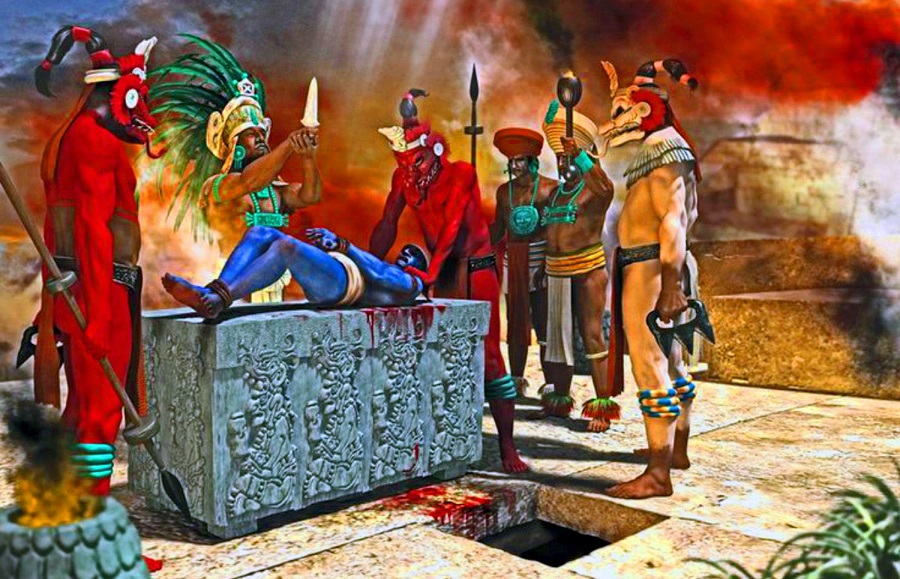Scientists have revealed the discovery of hundreds of ancient ceremonial sites, many of which belonged to the Maya civilization, hiding in plain sight just underneath the landscape of modern-day southern Mexico.
The largest of these structures – called Aguada Fénix – was announced by archaeologists last year, representing the oldest and biggest monument of the ancient Maya ever found. But Aguada Fénix clearly was not alone.
In a new study, an international team of researchers led by anthropologist Takeshi Inomata from the University of Arizona reports the identification of almost 500 ceremonial complexes tracing back not just to the Maya, but also to another Mesoamerican civilization who made their mark on the land even earlier, the Olmecs.
There has been controversy as to whether the Mayan civilization developed independently or derived from the Olmec civilization.
The newly uncovered sites are located in a broad area encompassing the Olmec region and the western Maya lowlands. The complexes were likely constructed between 1100 B.C. and 400 B.C. and were built by diverse groups nearly a millennium before the heyday of the Maya civilization between A.D. 250 and 950.
Researchers found that these buildings have similar characteristics to San Lorenzo, the earliest center of the Olmec region. Aguada Fénix and other nearby buildings have been imitating the San Lorenzo system and formed a fixed style around 1100 BC.
In San Lorenzo, the research team also discovered a previously unrecognized rectangular space.
Takeshi Inomata, the first author of the paper and a professor of anthropology at the University of Arizona, said: “These sites cover a large area, but not high. People walking on it won’t notice that it’s a rectangular space below, but we can easily spot it with lidar. In the past, people always thought that San Lorenzo’s site planning was different from later buildings, but now we find that San Lorenzo has an important enlightening effect on the ideas of the later Mayans.”
Some of the sites are oriented to align to the sunrise on certain dates in Mesoamerican calendars, suggesting the ritual processes involved cosmological concepts tied to the movements of the seasons.
“This means that they were representing cosmological ideas through these ceremonial spaces,” Inomata says. “In this space, people gathered according to this ceremonial calendar.”
While there is still much we don’t yet understand about the significance, history, and evolution of these hundreds of ritual complexes – with the discoveries posing years of investigations ahead for archaeologists and anthropologists – it’s clear the Olmecs and the Maya may have shared more than we realized, literally building their societies and cities alongside one another.
“There has always been debate over whether Olmec civilization led to the development of the Maya civilization or if the Maya developed independently,” Inomata said last year. “So, our study focuses on a key area between the two.”
Sources:
https://news.arizona.edu/story/uarizona-led-team-finds-nearly-500-ancient-ceremonial-sites-southern-mexico
https://www.nature.com/articles/s41562-021-01218-1

